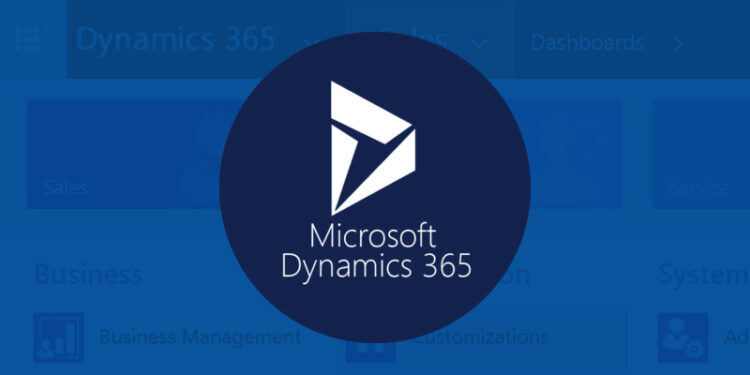If you’re in the world of enterprise resource planning (ERP) systems, you’re likely familiar with Dynamics AX and Dynamics 365 Finance & Operations. As technology advances, businesses must navigate the crucial decision of transitioning from their existing Dynamics AX setup to the modern Dynamics 365 Finance & Operations platform. This article breaks down the two approaches you can take: upgrading and migrating. Let’s delve into the differences and help you make an informed choice for your business.
Understanding the Basics: Dynamics AX and Dynamics 365 Finance & Operations
Before we dive into the upgrade vs. migration debate, let’s clarify the concepts. Dynamics AX, a predecessor to Dynamics 365 Finance & Operations, has been a reliable ERP solution for years. On the other hand, Dynamics 365 Finance & Operations offers enhanced features and a cloud-based infrastructure, aligning with the current trend of flexible and scalable business operations.
Upgrade: Evolving within the Familiar Realm
Advantages of Upgrading
Upgrading involves transitioning your existing Dynamics AX system to the latest version of Dynamics 365 Finance & Operations. This approach retains your historical data, configurations, and familiar processes, making it a relatively smoother transition for your employees.
Some notable advantages include:
Cost-Efficiency: Upgrading requires less time and resources than migration. Your team can work within a familiar environment while leveraging new features.
Minimal Disruption: Since you’re building upon your current system, the learning curve is less steep. This translates to minimal disruption to your daily operations.
Preserved Customizations: If you’ve invested in customizations for your Dynamics AX, upgrading ensures that these modifications are carried forward, reducing the need to rebuild from scratch.
Challenges of Upgrading
While upgrading offers continuity, it’s important to consider the potential challenges:
Technical Debt: Over time, your existing system might have accumulated technical debt. Upgrading might carry forward some inefficiencies.
Limited Optimization: Upgrading may not fully leverage the capabilities of Dynamics 365 Finance & Operations. You might miss out on certain benefits that a fresh migration could offer.
Migration: Embracing a New Era
Advantages of Migration
Migration involves moving from Dynamics AX to Dynamics 365 Finance & Operations afresh. While it requires more effort, it presents several advantages:
Clean Slate: Migration allows you to start anew, leaving behind any accumulated technical debt and outdated processes.
Optimized Processes: You can fully optimize your business processes according to the capabilities of Dynamics 365 Finance & Operations, potentially boosting efficiency and productivity.
Scalability and Innovation: By migrating, you position your business to take full advantage of cloud-based scalability and future innovations.
Challenges of Migration
Migration, despite its advantages, comes with its own set of challenges:
Data Transfer Complexity: Moving historical data and configurations to a new platform can be intricate and time-consuming.
Learning Curve: Since this is a significantly different platform, employees might face a steeper learning curve, affecting short-term productivity.
Choosing Your Path: Upgrade or Migration?
The decision hinges on your business goals, budget, and risk tolerance. If you prioritize a smoother transition and wish to retain your existing processes, upgrading might be the right choice. On the other hand, if you’re ready to embrace modernization, optimize your operations, and are willing to invest time and resources, migration could offer significant long-term benefits.
Conclusion
In the journey from Dynamics AX to Dynamics 365 Finance & Operations, both upgrading and migration present distinct opportunities and challenges. Carefully assess your business needs, consult with your IT team, and consider seeking professional guidance to ensure your chosen path aligns with your strategic objectives. Remember, whether you choose the familiarity of upgrading or the excitement of migration, your decision sets the stage for a more efficient and technologically advanced future.



















